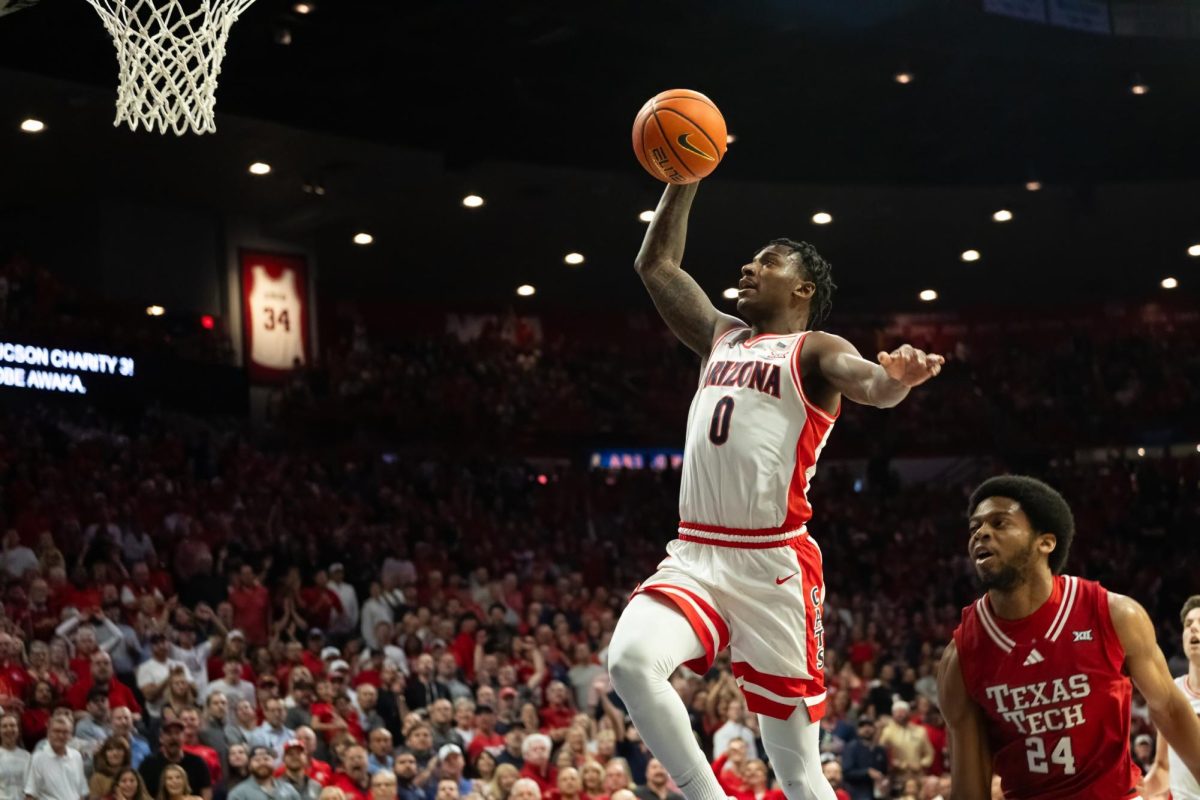Most people probably wouldn’t guess that I’m half Asian, and given the state of college admissions, you won’t find me admitting to it.
Conventional wisdom has it that Asian students are kicking butt and taking names, and that’s not far from the truth. Asian-Americans are only 4.5 percent of the U.S. population, but they represent upwards of 20 percent of the students at elite colleges. Just last year, the University of California at Berkeley – a place I like to call “”Asia Minor”” – admitted 4,122 Asian-American applicants (almost 42 percent of the total admitted).
Alas, with such stellar numbers, “”the man”” has inevitably tried to keep us down; reports continue to surface that elite colleges are holding Asians to a higher standard.
In 1990, it was found that Harvard University admitted high-performing Asians
Any policy that holds Asians to a higher standard essentially discourages achievement.
at lower rates than their white peers, even though the Asian applicants had higher test scores and grade point averages. In 1992, Berkeley’s law school was caught comparing Asian applicants against each other rather than the entire applicant pool. Most recently, Princeton University stands accused of admitting white students with lower grades and SAT scores than Asian applicants.
Jian Li, now a freshman at Yale University, brought the complaint against Princeton after he was rejected and a white classmate with inferior credentials was admitted. “”I think that this kind of discrimination pervades all elite universities,”” he told the Daily Princetonian, “”so I just chose (Princeton) as a test case thinking if something comes of it, it will send a message for all the universities.””
The way Li sees it, this is a matter of fairness. That may be true, but there are a number of issues here, not the least of which is the curious notion that all Asians are successful students.
While it’s easy to stereotype the kids who always seem to set the curve in your physics class, it’s important to realize why Asian students are successful. Generally speaking, the teachings of the Chinese philosopher Confucius placed a heavy emphasis on education, and those ideals have translated into a culture with an almost rabid devotion to scholastics.
Schools in China, Japan and Korea have long school years (Japanese students have only 40 days for summer break) and arduous curricula, and students’ performance on rigorous standardized tests are often the sole determinant of whether they will be able to go to college (and subsequently find employment in the professional ranks).
Asian-Americans seem to evince a similar appetite for academics. Alexandra Robbins, author of “”The Overachievers: The Secret Lives of Drive Kids,”” met one high school student who won the unfortunate moniker “”AP Frank”” because his Asian mother had forced him to take 17 Advanced Placement classes in three years.
“”By junior year, when the newly christened AP Frank finally was meeting a slew of potential friends,”” Robbins writes, “”he was taking the eight-period, seven-AP course load that had him studying every afternoon, sleeping during class and going lunchless.””
Even pop culture has taken note of the “”Asian invasion.”” In 2002, MTV released “”Better Luck Tomorrow,”” a film that portrayed Asian high school students as ruthless resume builders.
Ben, the film’s narrator, was straightforward about the Asian approach to the college rat race: In the desperate quest for an Ivy League admission letter, every day was devoted to the college application. The early morning hours were a chance to memorize SAT vocab words, while lunch hour was “”club time,”” when “”everyone loaded up on their extracurricular activities for the college app.””
All of this, it seems, has combined to form an almost uniform image of Asians as smart, driven and unapologetically ambitious, which would help to explain why Asians are perceived as the “”model minority.”” As a group, after all, Asians now sport higher median incomes and higher percentages of advanced degrees than whites.
But none of this justifies discriminating against Asians in the admissions process. Aside from the fact that it places lower-performing Asians at a severe disadvantage, any policy that holds Asians to a higher standard essentially discourages achievement.
Aiming for a diverse student populace is an admirable goal for any university, but punishing a high-performing minority is no way to do it. All universities, public and private, should hold Asians to the same standards of all other applicants.
And if that means that white students have to study a little harder to keep up, so be it. That’s just the way the (fortune) cookie crumbles.
Damion LeeNatali is a senior majoring in political science and history. He can be reached at letters@wildcat.arizona.edu









